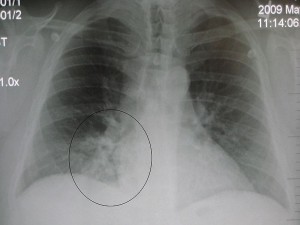
Resistance to antibiotics is not a new issue, but is certainly a growing one. As concerns around addressing it continue to mount, Dr Courtney Reynolds and colleagues have demonstrated the financial burden that this problem is creating. In this guest blog, she discusses antibiotic resistance and what their study has found.
The emergence of antibiotic resistant bacteria began shortly after the first use of antibiotics in the 1930s and 40s. Since that time, there has been a cycle of new antibiotic development followed by eventual antibiotic resistance.
Despite our long-standing awareness of antibiotic resistance in the scientific and medical communities, the problem has continued to grow and recently several bacteria, such as carbapenemase-resistant Enterobacteriaceae, have evolved resistance to nearly every known antibiotic.
Several factors have contributed to the precipitous rise in antibiotic resistance in recent decades, including the paucity of new antibiotics or antibiotic classes in the drug development pipeline, widespread over-prescribing of antibiotics particularly in the outpatient setting, and misuse of prescribed antibiotics by patients (i.e. not finishing a prescription because they are feeling better).
In our study, published yesterday in Antimicrobial Resistance and Infection Control, we analyzed the cost associated with antibiotic resistant strains of Streptococcus pneumoniae among treated cases of pneumonia.
In our model, resistance was assumed to result in more frequent failure of initial antibiotic treatment and the need for further outpatient visits, courses of antibiotics or hospitalization along with associated work and productivity loss.
We estimated that antibiotic resistance contributed to 5% of total costs associated with this infection, or $233 million in a single year. This figure is particularly impressive since disease caused by S.pneumoniae is considered to be relatively well controlled; effective vaccines are available for children and adults, yet a substantial burden of resistance has evolved among strains of S.pneumoniae not covered by the vaccine. These results highlight the need for continued careful prescribing of antibiotics, for this and all infectious diseases.
Our results underscore the enormity of the problem of antibiotic resistance. We focused upon a single disease caused by one type of bacteria, and thus the annual cost resulting from antibiotic resistance among all bacteria and diseases is certain to be much higher.
Comments